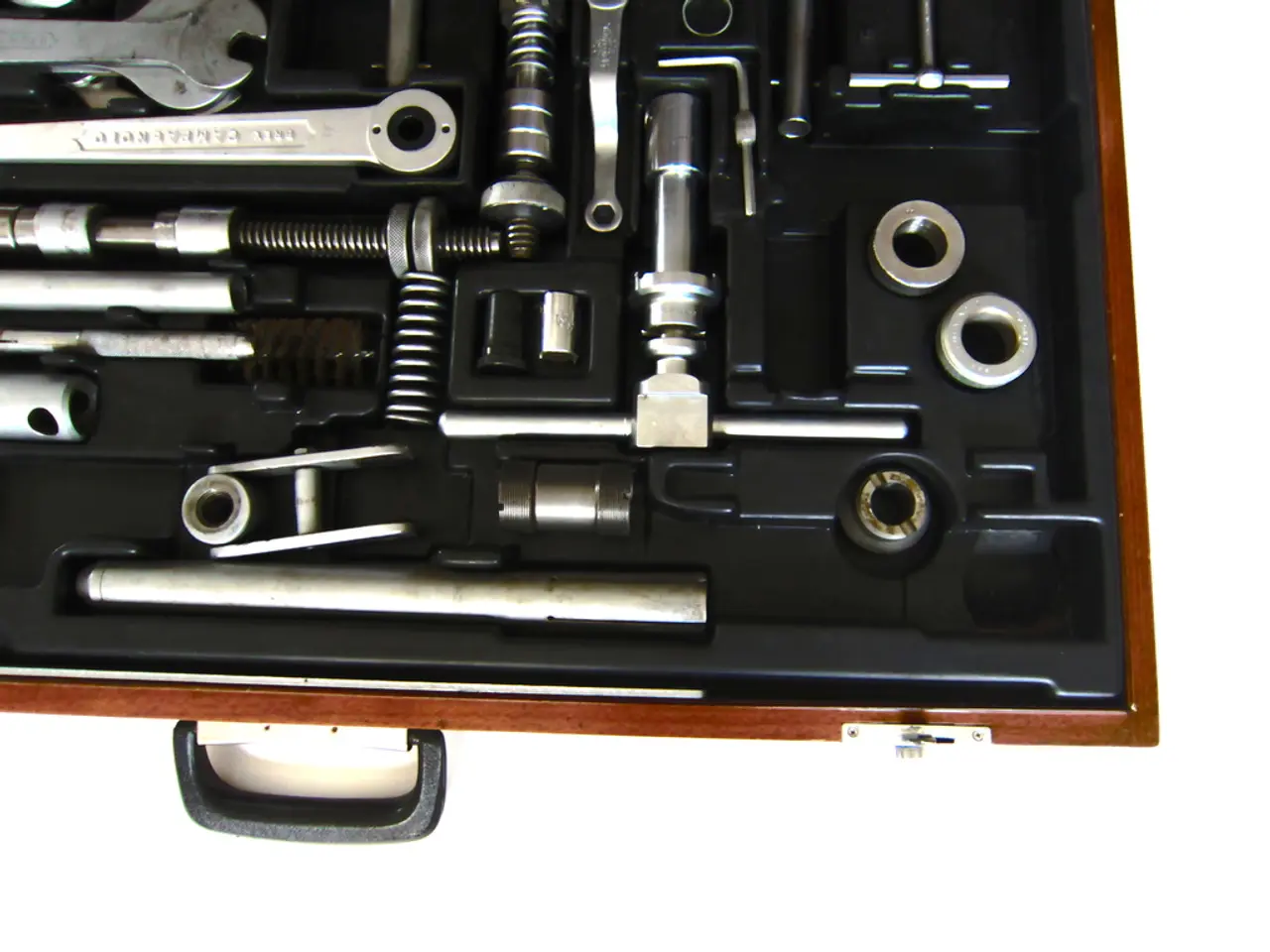Updated 3D Tracking Simplified in Mocha Pro 2024.5
Mocha Pro, a leading visual effects (VFX) and rotoscoping software, has recently released its 2024.5 version, introducing a host of new features aimed at streamlining workflows and enhancing precision.
The latest update brings significant advancements in 3D tracking, VFX, and roto workflow. One of the key features is the multi-export system for 3D tracking, which supports Alembic export and direct export to Adobe After Effects compositions, ensuring a smoother pipeline workflow.
Mocha Pro 2024.5 also introduces AI-based roto masking tools. These tools enable users to generate and refine masks with a single click, and efficiently propagate mattes through shots, greatly speeding up the roto workflow. Additionally, a new 3D head mesh feature supports more precise head tracking capabilities.
Enhanced roto and paint tools with AI-powered mask refinement, depth map generation, and glitch fixing further improve rotoscoping precision. Easier Script Access to PowerMesh provides new Python convenience functions to drill down into the Mesh properties, offering greater control and customization.
The new inverted mask tool helps the 3D solver focus on the desired tracking area, while Preview Motion Blur allows users to view Motion Blur on any matte overlay directly in the viewport. Object Filtering allows users to view, collapse, and organize multiple 3D objects in the 3D Object panel, making it easier to manage complex scenes.
Seamless new OCIO profile sharing ensures color profiles in Mocha Pro match After Effects, eliminating the need for manual colour correction. Users don't have to create new masks on shots with unwanted elements; they can simply duplicate roto shapes to exclude those areas.
The 2024.5 release includes quality of life improvements and 2D tracking & roto workflow enhancements. High Pass Preprocessing is a new option to pull out details for tracking or limit the problems caused by fast lighting changes. The planar surface turns into a 3D mesh plane in solved scenes with the Surface to Mesh feature.
3D Model Placement Nulls allow for the export of the position of any imported model in the solved scene, and FBX & Alembic have the option to export individual meshes for each point in the 3D Export Options. Mocha Pro now supports 3D Alembic Export, and the article provides two quick tip tutorials on seamlessly transferring 2D & 3D tracking data from Mocha Pro into SynthEyes and using Mocha Pro's flexible filtering options to help better organize.
Lastly, Mesh Texture Preview allows users to see footage projected onto solved Meshes in the viewport, and the updated Auto Placement utilizes SynthEyes' auto-placement to help correctly ground the features in the scene. Camera Solve Preprocessing uses the same preprocessing tools used in tracking images to help with difficult camera solves.
In summary, Mocha Pro 2024.5 offers a comprehensive suite of tools designed to accelerate VFX and roto workflows by leveraging AI for automation and enabling better data interchange with compositing and 3D applications through robust export options.
Technology advances in Mocha Pro 2024.5, as it introduces AI-based roto masking tools and a multi-export system for 3D tracking, enhancing workflows and increasing precision in visual effects and rotoscoping.




